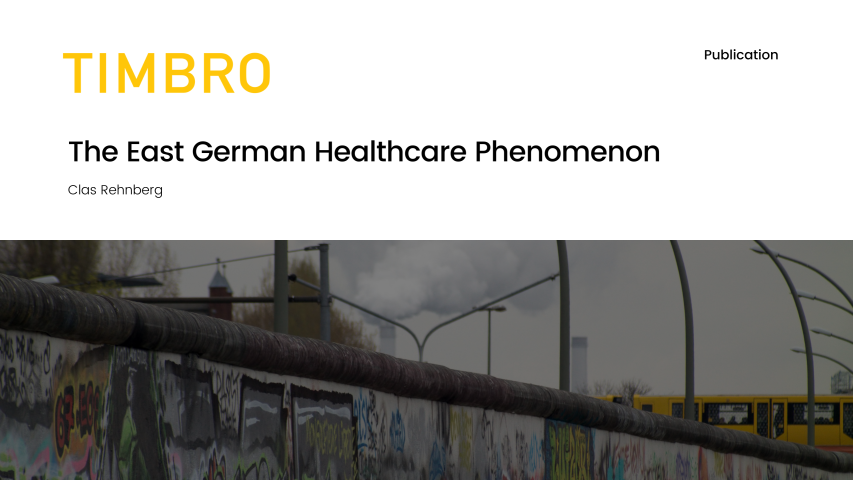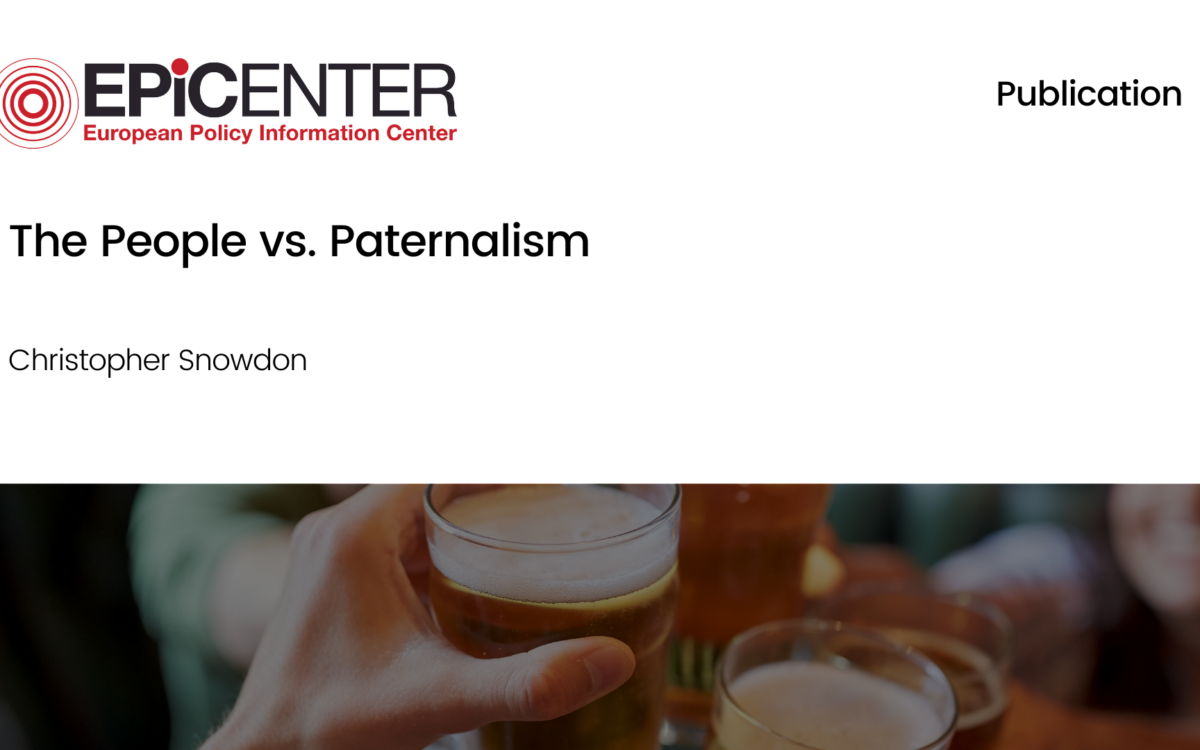The East German Healthcare Phenomenon

The East German Healthcare Phenomenon
17 November 2020
The reunification of West Germany and East Germany took place 30 years ago, ending a period of around 45 years during which Germany had been divided. Following reunification, extensive investments were made in the eastern part of the country in order to even out differences in infrastructure, industrial development and access to education and healthcare. In the field of healthcare, the previous state-run system in the East was replaced by the West German social insurance system, and the medical technology was updated as well.
It is less well-known that, following the fall of the Berlin Wall, significant improvements in public health took place in the east of the country, where standards began to approach those of the west. This report summarises this development and the research conducted into public health and the provision of healthcare in the former East Germany.
The years following the fall of the Wall saw a dramatic reduction in the differences in public health – most notably, in the average life expectancy. Within a relatively short period of time after reunification, the life expectancy of both men and women in the east of Germany increased significantly, approaching the same levels as in the west.
From an international perspective, the relatively rapid change in the state of public health in the eastern parts of Germany is unique, and demonstrates the importance of economic growth, investments in healthcare, and a well-functioning pension system.
Download or share this publication
View the PDF
EPICENTER publications and contributions from our member think tanks are designed to promote the discussion of economic issues and the role of markets in solving economic and social problems. As with all EPICENTER publications, the views expressed here are those of the author and not EPICENTER or its member think tanks (which have no corporate view).



